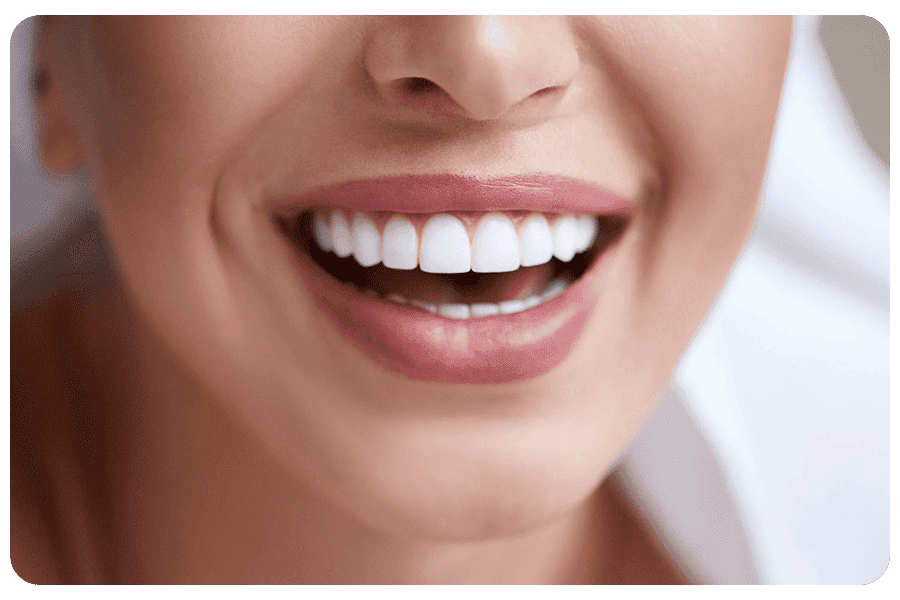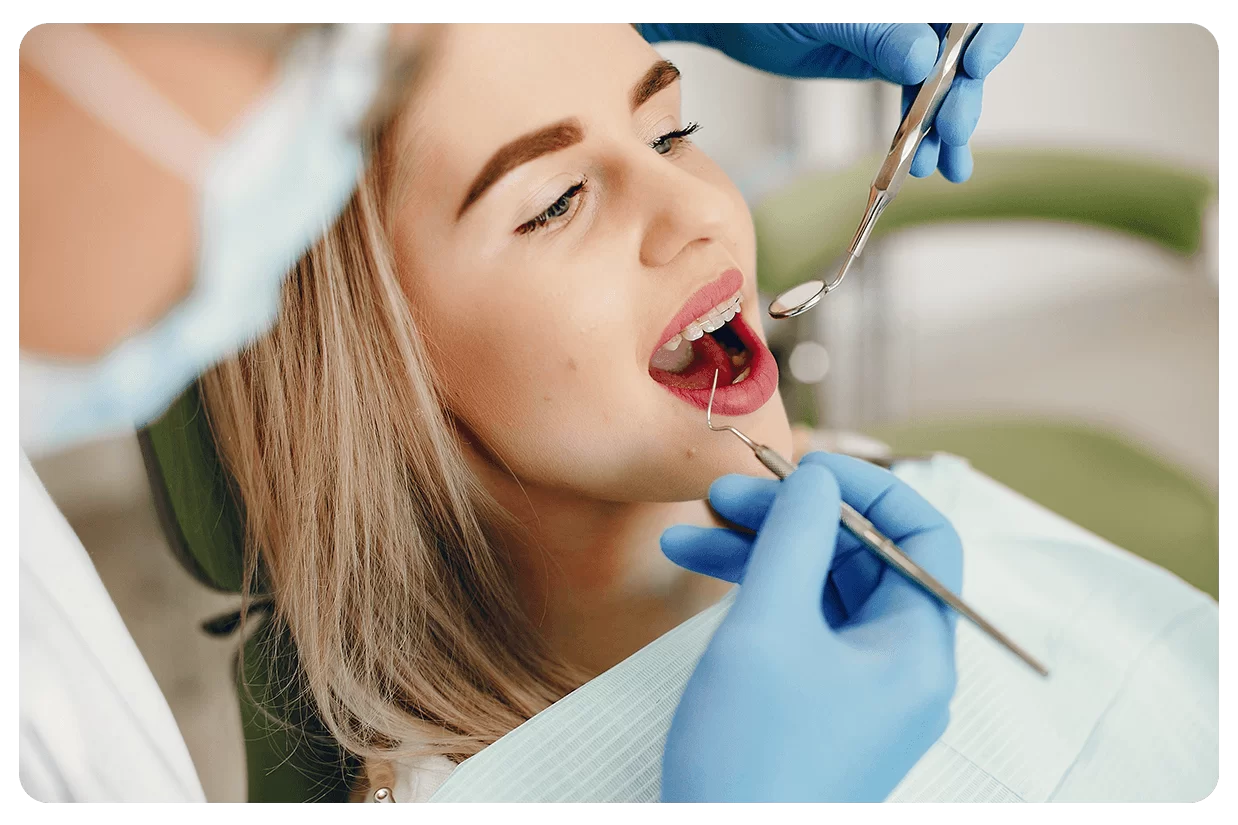TMJ Treatment in Abu Dhabi
Elyzee Hospital is one of the best hospital centers in Abu Dhabi, specializing in TMJ Treatment.

TMJ Treatment in Abu Dhabi
Welcome to our comprehensive guide on TMJ (temporomandibular joint) treatment. A specialized procedure designed to address issues related to the jaw joint and associated musculature. In this article we will delve into the world of TMJ treatment exploring its wide ranging benefits identifying the individuals who can benefit most from this procedure discussing the important aspects of consulting with a healthcare professional outlining the necessary preparations providing an insightful overview of what occurs during the procedure examining the post procedure recovery process analyzing the final results and concluding with a helpful Q&A section to address common questions and concerns.
The Benefits of TMJ Treatment
TMJ treatment offers numerous benefits to individuals experiencing jaw joint and muscle problems. Among the foremost advantages of undergoing TMJ treatment is its capacity to alleviate the chronic agony and discomfort often associated with TMJ disorders. This encompasses relieving common symptoms like jaw pain, headaches, facial pain, and earaches. Furthermore. By addressing the underlying factors that give rise to these afflictions in individuals’ jaws. This treatment strives towards improving their quality of life while reinstating normal functionality. Furthermore, TMJ treatment can help improve bite alignment, reduce teeth grinding and clenching, and alleviate the wear and tear on the teeth caused by these habits. It also helps improve overall jaw mobility, allowing for more comfortable chewing, speaking, and other jaw movements.
The Best Candidate for TMJ Treatment
The best candidates for TMJ treatment are individuals experiencing symptoms related to TMJ disorders. Individuals who experience symptoms such as jaw pain or tenderness, clicking or popping sounds in the jaw joint, difficulty opening or closing the mouth, headaches, facial pain, and limited jaw movement should consider consulting with a healthcare professional who specializes in TMJ disorders. This consultation is crucial in determining if the individual is an appropriate candidate for treatment. Furthermore the healthcare professional will evaluate the severity and underlying causes of the TMJ disorder in order to create a customized treatment plan.

Consultation with a Healthcare Professional and Preparation for the Procedure
It is imperative to begin with a consultation with a specialized healthcare professional in order to ensure effective TMJ treatment. During this preliminary meeting considerable time will be devoted by said professional towards carrying out an exhaustive evaluation. Elements making up this evaluation may include conducting meticulous physical examinations exhaustively reviewing relevant medical records and utilizing advanced imaging techniques such as X ray or MRI scans. Carrying out this thorough evaluation enables the healthcare expert to gain insight into what factors are at play in bringing about TMJ disorder so that they can consequently shape an appropriate and tailored treatment plan.
What's Happening During the Procedure
The treatment procedures for TMJ may differ for each person based on their specific needs. To address the issue. The treatment plan can incorporate several non-invasive techniques, including lifestyle modifications, physical therapy exercises. And the utilization of oral appliances. However in cases where the symptoms are more severe or when conservative approaches fail to bring sufficient relief surgical intervention might be contemplated as a viable option.
Non-invasive treatments for TMJ disorders may involve:
1. Lifestyle Modifications: This may include avoiding hard or chewy foods, practicing stress management techniques, and incorporating relaxation exercises into daily routines.
2. Physical Therapy: Specialized exercises and stretches can help improve jaw mobility, strengthen the jaw muscles, and alleviate pain.
3. Oral Appliances: Custom-fitted oral appliances, such as splints or mouthguards, may be prescribed to help realign the jaw, reduce teeth grinding, and provide cushioning and support to the jaw joint.
Surgical interventions for TMJ disorders may be considered in cases where non-invasive treatments have been ineffective. Surgical options include:
1. Arthrocentesis: This minimally invasive procedure involves flushing the joint with sterile fluids to remove debris and reduce inflammation.
2. Arthroscopy: In this procedure, a small camera is inserted into the joint to assess and repair any damage, remove inflamed tissue, or correct structural abnormalities.
3. Open-joint Surgery: This more extensive surgical procedure is performed in cases where there is significant damage to the joint. It involves making an incision to access and repair the joint, potentially including joint repositioning or the placement of prosthetic devices.
It is important to note that the specific treatment approach will be determined by the healthcare professional based on the individual’s unique circumstances and the severity of the TMJ disorder.
After the Procedure and Recovery
The recovery process following TMJ treatment will vary depending on the specific procedures performed. It is important to follow the healthcare professional’s instructions regarding the use of oral appliances or any prescribed medications.
In cases where surgical intervention is required, the recovery process may involve some downtime and post-operative care. This may include pain management strategies, temporary dietary modifications, and physical therapy exercises to restore jaw function and mobility. The healthcare professional will provide detailed instructions on post-operative care and follow-up appointments to monitor the healing process.
The Final Result
The final result of TMJ treatment is a significant reduction or elimination of the symptoms associated with TMJ disorders. Individuals can experience relief from jaw pain, headaches, facial pain, and other discomforts. Additionally, TMJ treatment aims to improve jaw function, restore normal bite alignment, and reduce teeth grinding and clenching. By addressing the underlying causes of TMJ disorders, the treatment helps individuals achieve a better quality of life and improved oral health.
Conclusion
TMJ treatment is a specialized procedure designed to address the symptoms and underlying causes of TMJ disorders. TMJ treatment provides individuals with a valuable opportunity to alleviate pain and discomfort, enhance jaw function and restore proper bite alignment. To determine the most effective treatment plan that suits each person’s individual circumstances consulting with a specialized healthcare professional in TMJ disorders is vital. Whether it involves non-invasive methods or surgical interventions, TMJ treatment strives to alleviate symptoms, promote improved jaw mobility and maintain optimal oral health.

FAQs
Yes, TMJ disorders are relatively common and can affect individuals of all ages.
Yes, TMJ disorders are relatively common and can affect individuals of all ages.
In some cases, mild TMJ disorders may improve or resolve with self-care measures such as rest, avoiding triggering activities, and using over-the-counter pain relievers. However, more severe or persistent cases may require professional treatment.
Yes, stress and anxiety can contribute to the development or exacerbation of TMJ disorders. Managing stress through relaxation techniques can be beneficial.
The duration of TMJ treatment will depend on the specific treatment plan, the severity of the TMJ disorder, and individual factors. Some cases may require ongoing management and maintenance.
TMJ treatment while not providing a complete cure for the underlying disorder focuses primarily on relieving symptoms and improving jaw function. It should be emphasized that this approach can provide significant relief and greatly enhance an individuals’ quality of life.
The coverage for TMJ treatment may vary depending on the insurance provider and policy. It is advisable to check with the insurance company regarding coverage details and any pre-authorization requirements.
Make An Appointment

